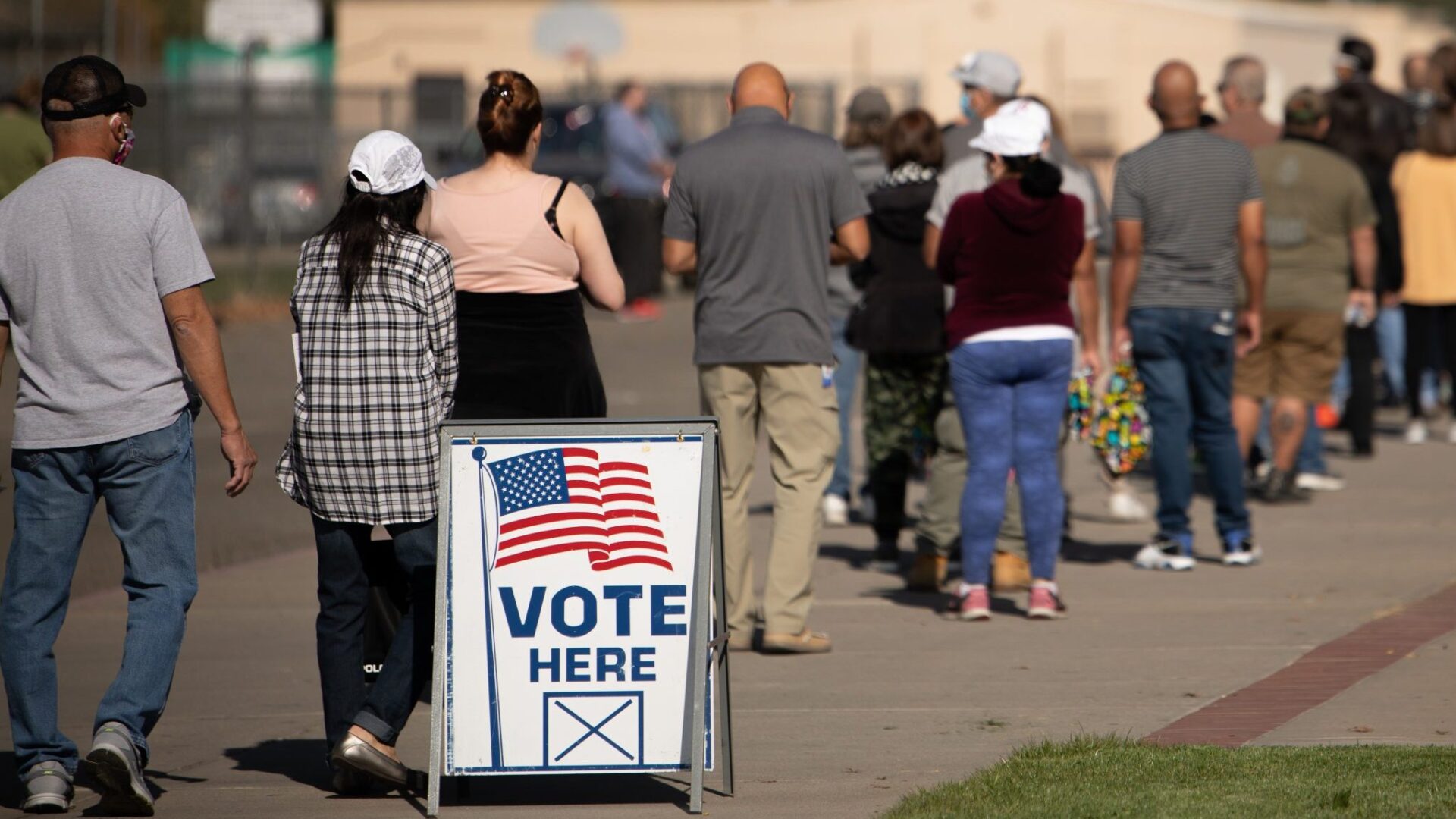After a year of sustained hostilities, Israel and Hamas agreed to a temporary ceasefire with the mediation of Qatar, Egypt, and the United States.
The arrangement was announced in the context of a worsening humanitarian situation in Gaza and insecurity in Israeli areas near the border. The main goals are to allow humanitarian supplies to enter and to coordinate exchanges between Israeli hostages and Palestinian prisoners.
How things change on the ground
Under the agreement’s terms, shipments containing food, medicine, and fuel were approved for delivery into Gaza. Medical and basic services in the territory have reported shortages due to earlier blockades and bombardments.
Hamas communicated it would release Israeli hostages, especially women and children, while Israeli authorities confirmed the release of selected Palestinian prisoners. International and UN teams are monitoring these steps for compliance.
Cautious outlook
In recent years, previous ceasefires have ended after breaches by one or both parties. Humanitarian agencies and international observers track the implementation of the current pause.
Both Israeli and Hamas officials have stated that any extension depends on full respect for the accord. No further negotiations for a broader or long-term solution have been announced so far.
Limited relief
This ceasefire is a short-term measure focused on humanitarian access and prisoner exchanges, without commitments to a political settlement.
Despite the temporary reduction in violence, the humanitarian needs in Gaza remain substantial. No official statements have outlined steps toward a lasting agreement.
Contact us today through our WhatsApp to discover how we can help you achieve success in the United States.
Sources: Kyodo News | Fox News | BBC | CNN | NBC News



